Sore throats, rashes, headaches and nausea are just some of the medical symptoms residents of East Palestine, Ohio, have reported after a massive train derailment on February 3.
US authorities have said testing shows there is no medical risk to people in the area, but some have been advised to drink bottled water. Thousands of fish washed up dead in streams and the Ohio River, and there have been reports of pets and livestock getting sick or dying.
So how has the Ohio train derailment turned into such an environmental concern, and just how serious is it?
READ MORE: Health problems near a toxic train wreck pile up
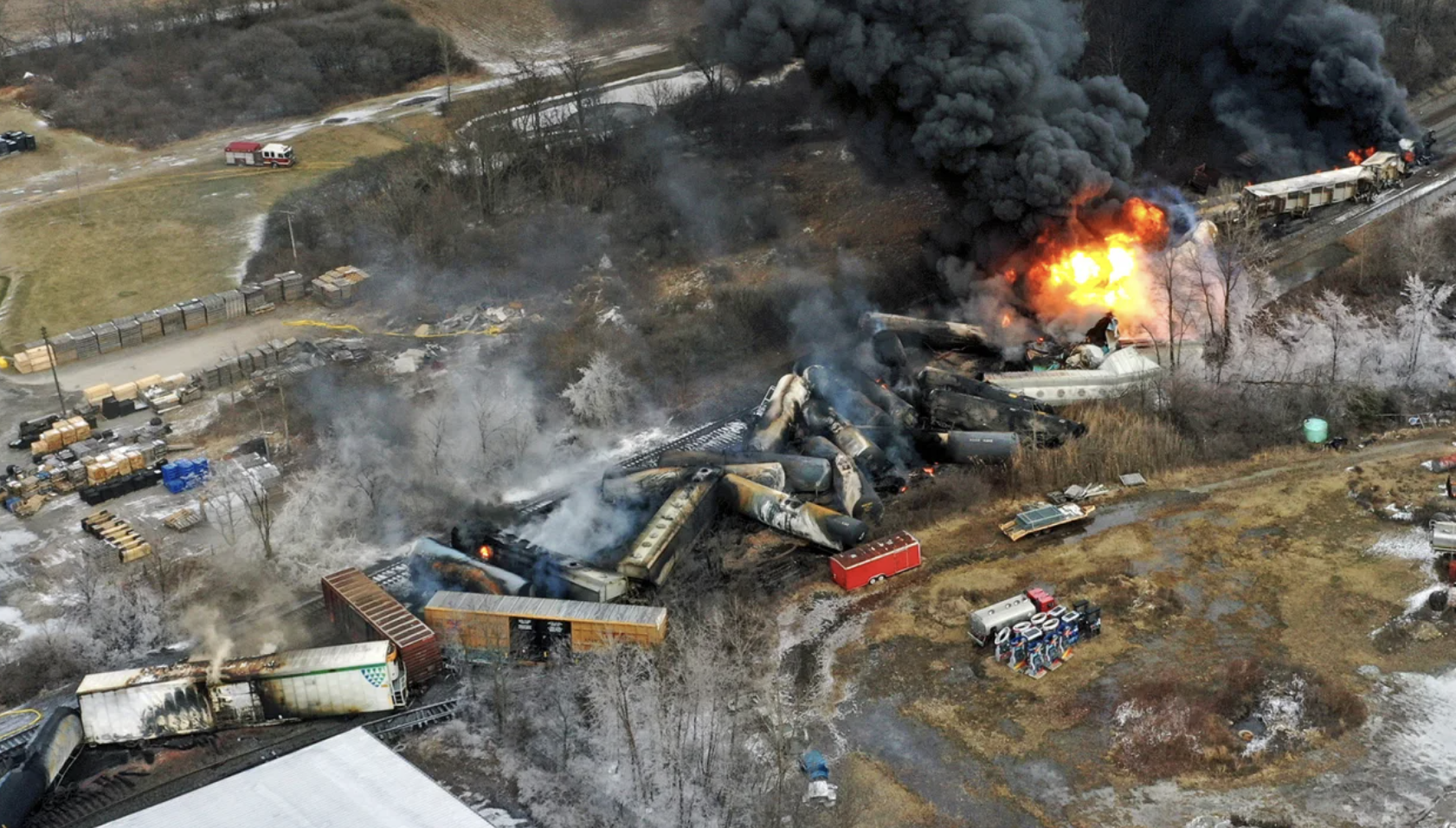
What happened in Ohio?
On February 3, a large freight train derailed near the town of East Palestine. About 50 railcars came off the track, sparking a huge fire.
Operator Norfolk Southern said 20 of the more than 100 cars on the train contained hazardous materials. In an effort to avoid another uncontrolled blaze or explosion, five of the derailed carriages were opened to allow vinyl chloride to escape, and it was funnelled into a ditch and burnt off, sending huge plumes of black smoke into the air.
Vinyl chloride has been shown to cause liver cancer as well as a nonmalignant liver disease known as TASH, or toxicant-associated steatohepatitis - although that kind of damage typically requires relatively high levels of vinyl chloride exposure, higher than what has been measured at East Palestine.
READ MORE: The top-secret operation to get the US president into a warzone
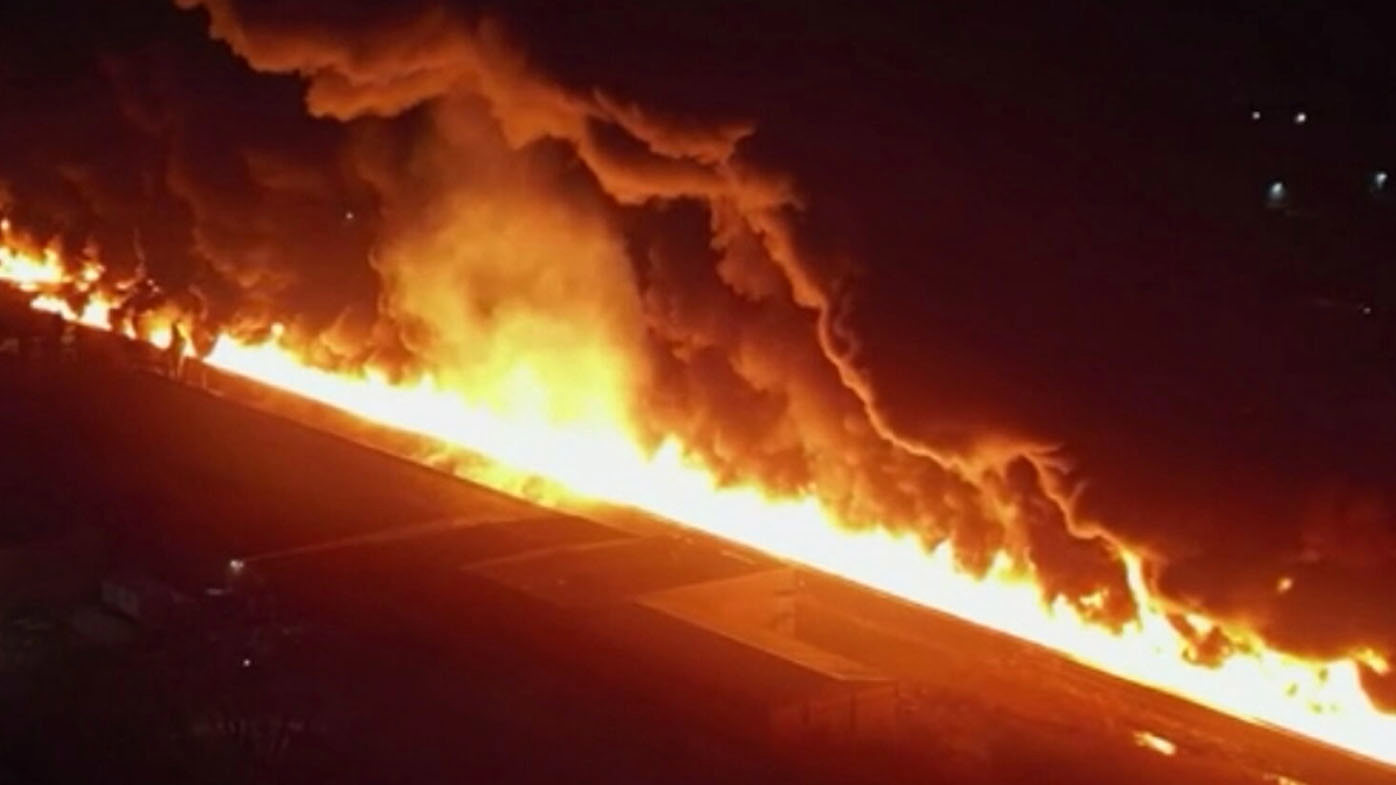
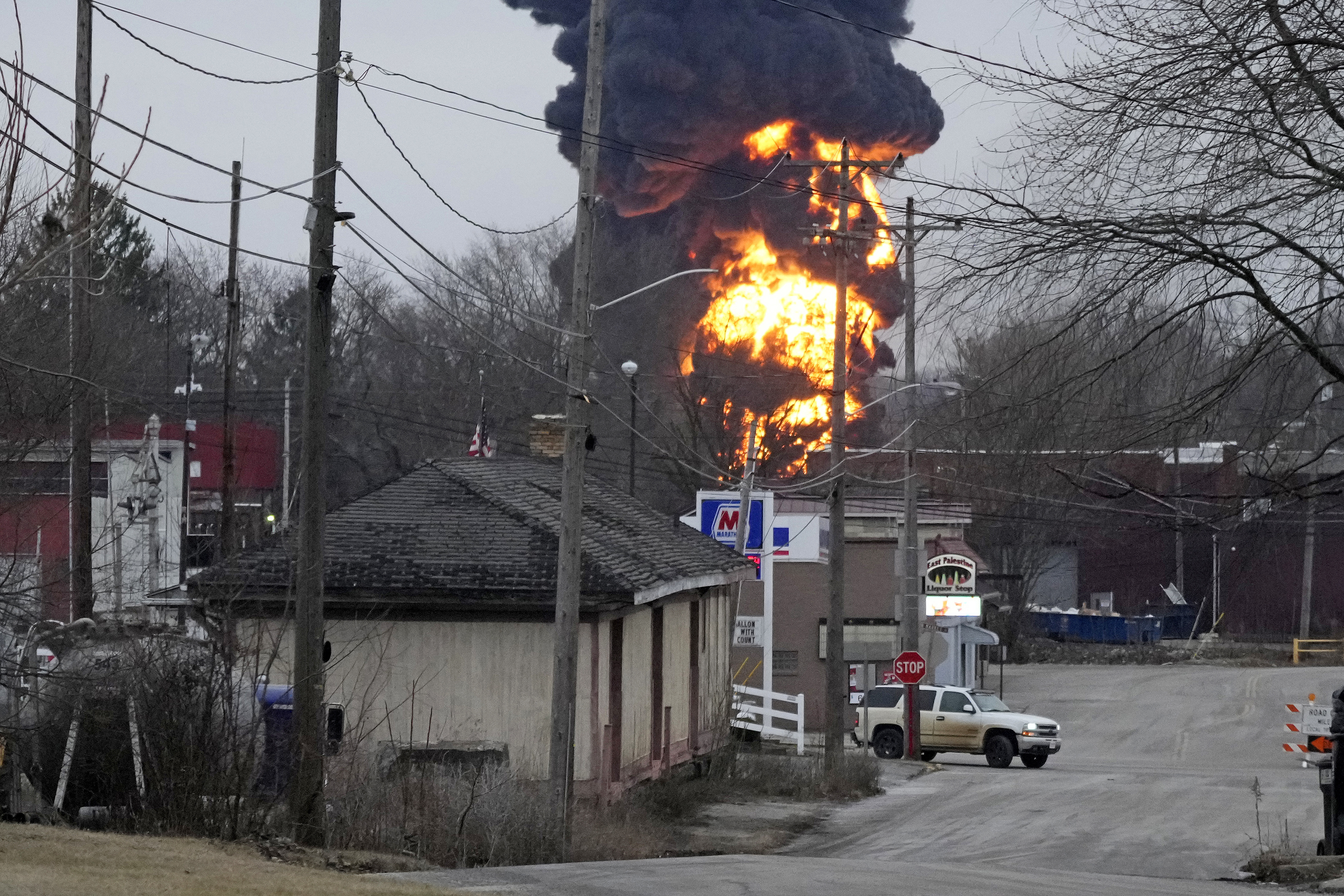
However, exposures to lower environmental concentrations are still a concern, in part because little is known about the impact low-level exposure might have on liver health.
Other chemicals like ethylhexyl acrylate and butyl acrylate were also present.
Residents were evacuated from East Palestine during the controlled burn but allowed to return on February 8. Those who use private wells were told to drink bottled water until they could undergo testing.
READ MORE: Ominous odour leaves residents living near site of toxic train crash anxious
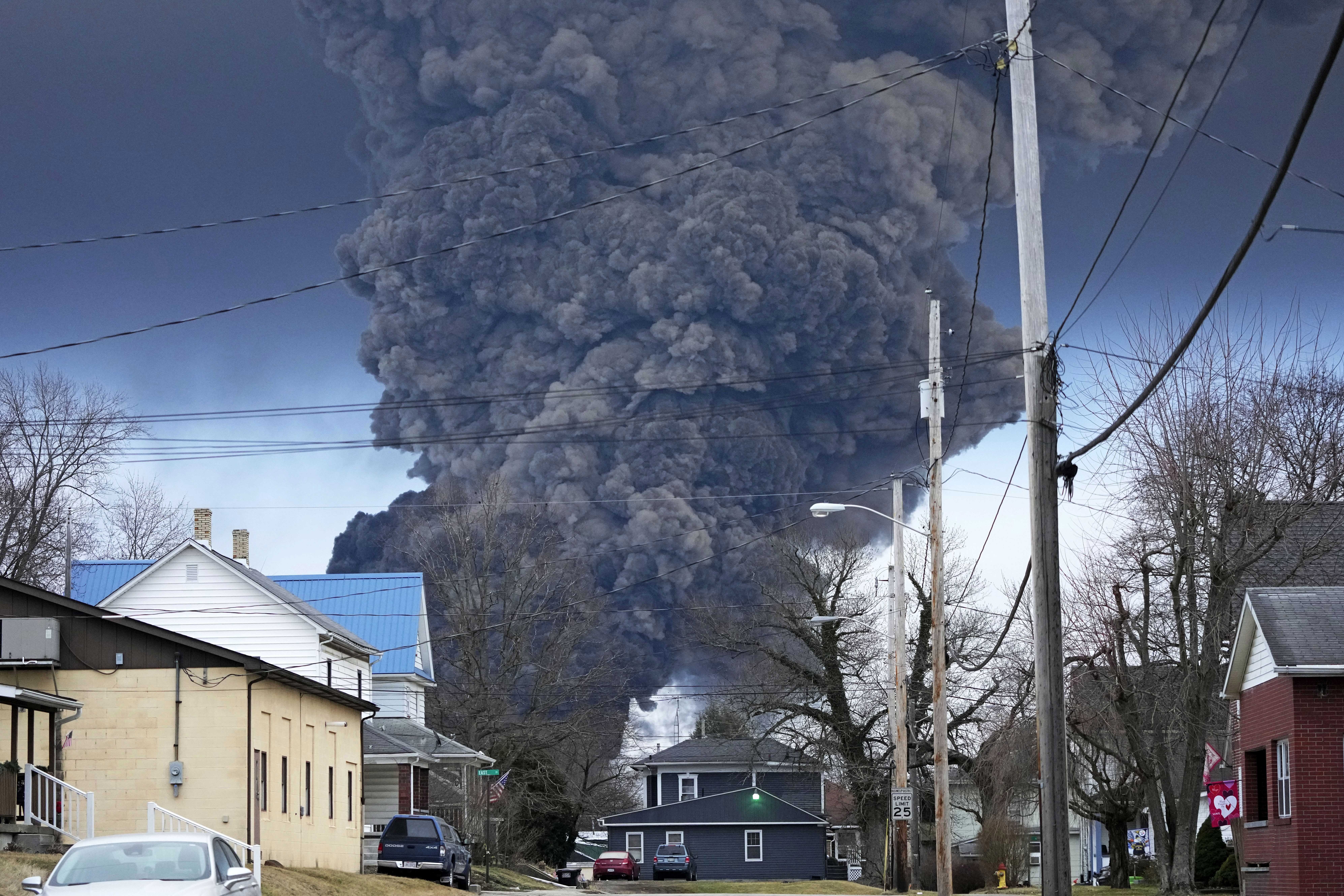
Is there a risk to residents in the area?
Since the derailment and subsequent burn-off, residents have reported a number of health issues even as state and federal authorities issued assurances that air and water quality testing showed there were no health threats to humans.
"Why are people getting sick if there's nothing in the air or in the water," one resident yelled during a town hall meeting on February 15.
There are a number of unknowns about the situation, according to Dr Andrew J Whelton, an environmental engineer who investigates chemical risks during disasters.
READ MORE: Why China's stand on Russia and Ukraine is raising concerns

"These chemicals have varying levels of toxicity and different fates in soil and groundwater," he said to The Conversation.
"Officials have detected some of those chemicals in the nearby waterway and particulate matter in the air from the fire. But so far, the fate of many of the chemicals is not known.
"A variety of other materials were also released, but discussion about those chemicals has been limited.
"Long term, the greatest risk is closest to the derailment location. And again, there's limited information about what chemicals are present - or were created through chemical reactions during the fire."
Sil Caggiano, a hazmat technician with more than 20 years experience, was far blunter when speaking to local TV station WKBN.
"We basically nuked a town with chemicals so we could get a railroad open," he said.
That's a claim denied by authorities. EPA Administrator Michael Regan said officials are "testing for everything that was on that train", while White House Press Secretary Karine Jean-Pierre has defended the administration's reaction.
"When these incidents happen, you need to let the emergency response take place,'' she said on February 17.
"We did take action and folks were on the ground."
READ MORE: Everything you need to know about Marburg virus

Could East Palestine turn into a long-term environmental disaster?
There are no indications East Palestine is going to turn into a disaster on the scale of, say, Chernobyl or Flint, Michigan - comparisons that have been thrown around following the derailment.
Two people died immediately during the Chernobyl disaster, and about a further 30 died within the following month from radiation-related illness. The disaster at East Palestine is not radioactive and no one has died.
However, it is clearly serious, and Whelton said significant early action was required.
"The long-term impact in Ohio will depend in part on how fast - and thoroughly - cleanup occurs," he said.
"If the heavily contaminated soils and liquids are excavated and removed, the long-term impacts can be reduced. But the longer removal takes, the farther the contamination can spread.
"It's in everyone's best interest to clean this up as soon as possible and before the region gets rain."
He added that cleaning apparatus like booms and air-stripping devices have been deployed, and contaminated soil at the derailment is being removed.
READ MORE: Health heavyweights demand vaping ban
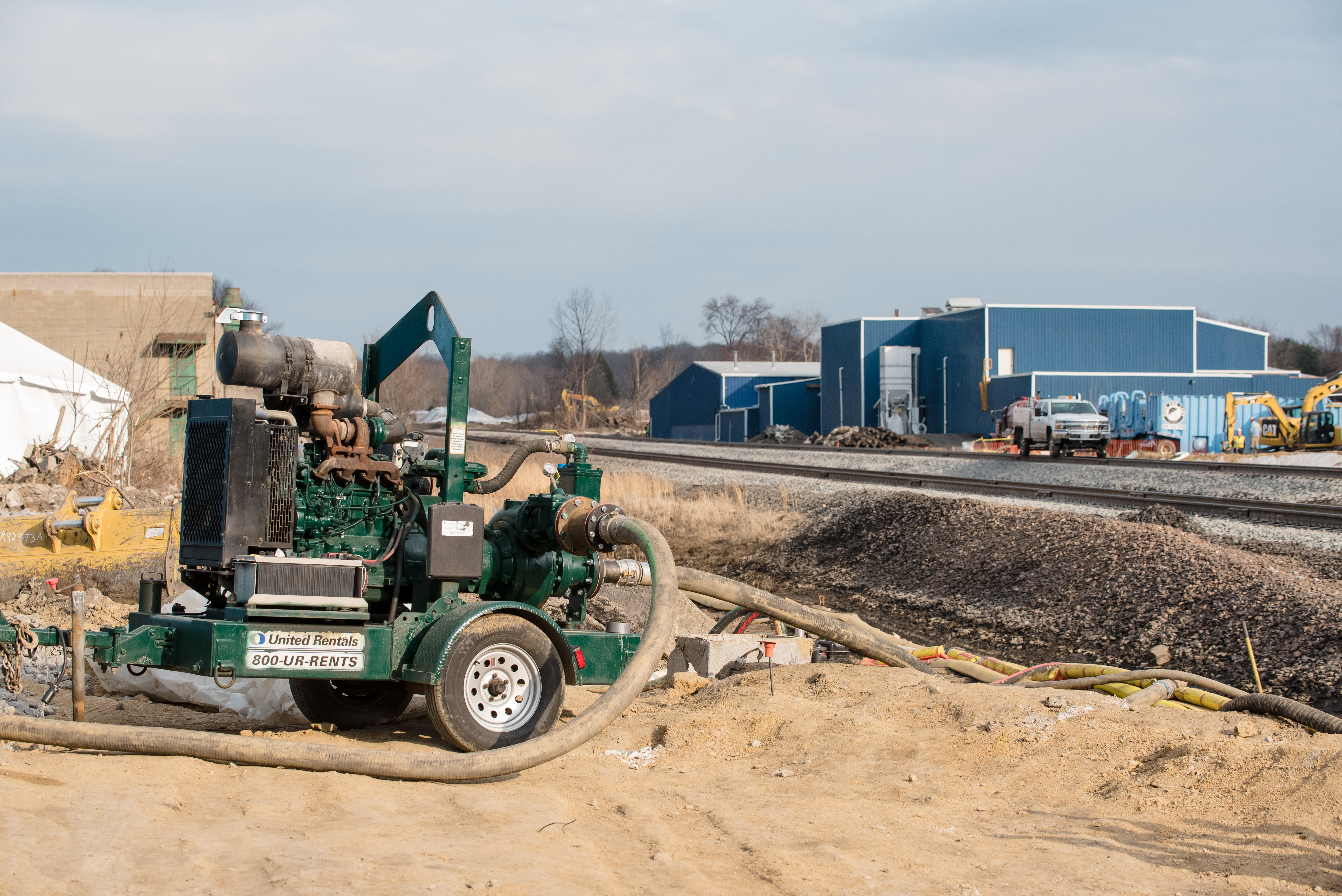
One of the issues with the response has been the lack of communication and transparency from those in charge of the clean-up. Residents who attended the town hall meeting said officials danced around questions, while Norfolk Southern didn't even attend, citing safety concerns for its staff.
"Why are they being hush-hush?" resident Kathy Dyke said of the railroad.
"They're not out here supporting, they're not out here answering questions. For three days we didn't even know what was on the train.
"I have three grandbabies.
"Are they going to grow up here in five years and have cancer? So those are all factors that play on my mind."
READ MORE: La Niña and El Niño: Will we switch from one to the other in 2023?
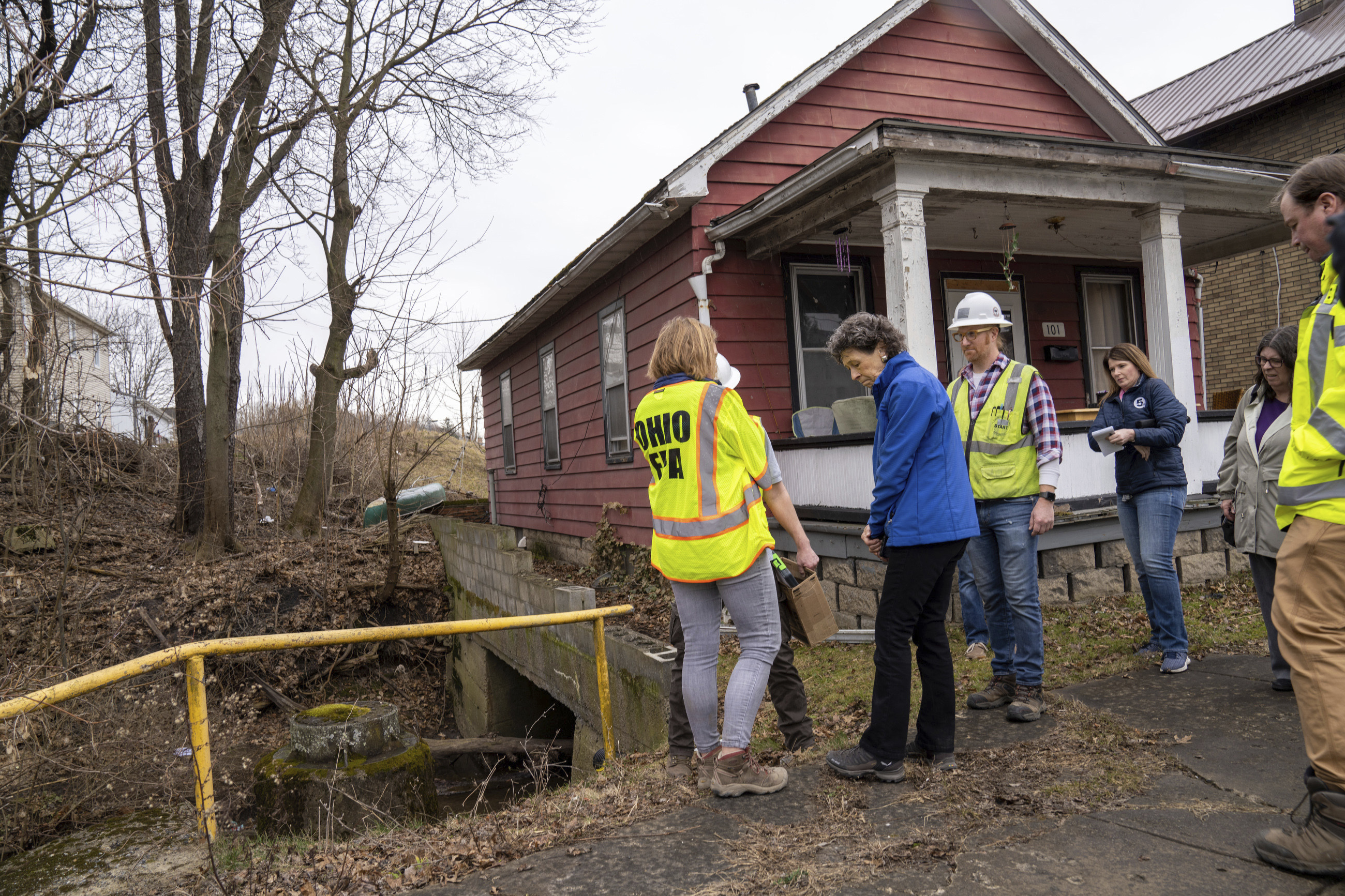
That communication needs to improve, Whelton said.
"People in the community have reported headaches, which can be caused by volatile organic compounds and other chemicals. They're understandably concerned," he said.
"Ohio and federal officials need to better communicate what they're doing, why, and what they plan to do. It's unclear what questions they are trying to answer. For a disaster this serious, little testing information has been shared.
"In the absence of this transparency, misinformation is filling that void. From a homeowner's perspective, it's hard to understand the true risk if the data is not shared."
– With AP, CNN and The Conversation
Source: https://ift.tt/kLlWgf6
Comments
Post a Comment